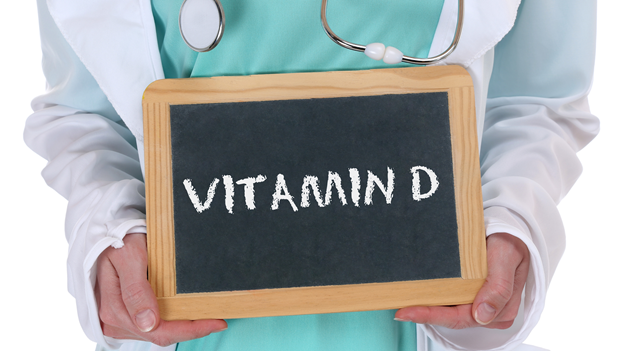Do you often get the flu or suffer from chronic muscle and bone pain? You may be have vitamin D Deficiency. Widely known as the ‘sunshine vitamin,’ vitamin D plays a crucial role in many body functions. Several factors govern the synthesis of this fat-soluble vitamin inside the skin. Its synthesis in fair-skinned and younger individuals is higher than in dark-skinned and older people.

Although Vitamin D is primarily synthesized in the skin, its concentration in the body can decrease, causing many health problems. Vitamin D deficiency is quite common nowadays, affecting over one billion people worldwide. There can be multiple reasons for vitamin D deficiency in the body.
Before we go through its signs, symptoms, and possible treatment methods, let’s take a look at the recommended daily intake and the risk factors that lead to its deficiency.
Recommended Dosage Of Vitamin D
Various studies have shown that only 20% of vitamin D required by our body comes through diet. The rest is synthesized in the skin by exposure to UV rays in sunlight.
Moreover, the RDA for vitamin D as established by the Institute of Medicine is 400IU-600 IU/day. This amount is sufficient for the smooth functioning of your body’s metabolic system.
Common Causes Of Low Vitamin D
Decreased exposure to sunlight, allergies to milk, and a strict vegetarian diet are the common causes of D deficiency. A 2020 review suggests that 50% of the world’s population lacks sufficient levels of vitamin D in their body. However, its deficiency is prevalent among older, obese, and chronically ill people.
Signs & Symptoms Of low Vitamin D
The symptoms of vitamin D deficiency are typically subtle and can’t be recognized unless you experience serious complications. Here are some commonly observed signs and symptoms in patients diagnosed with D deficiency.

- Weak Immunity: As vitamin D modulates and boosts your immune system, its deficiency may lead to frequent infections. The body’s ability to fight foreign infectious agents is weaker in this case.
- Bone Problems: Inadequate blood levels of vitamin D may lead to pain in bones and joints due to ineffective regulation of calcium.
- Muscle Pain: Vitamin D deficiency also causes muscle fatigue and chronic lower back pain. It results in complications such as rheumatoid arthritis and osteoporosis.
- Hair Loss: Insufficient vitamin D levels in the blood also may lead to hair loss. People with low vitamin D in blood experience severe hair loss.
- Other Symptoms: Slow wound healing, depression, and frequent bone fractures also indicate lower vitamin D levels in many patients.
Treatment For Vitamin D Deficiency
Treating vitamin D deficiency is quite easy if diagnosed at an earlier stage. Here are the possible solutions for restoring normal blood levels of vitamin D.

- Sunlight exposure is the key to treat vitamin deficiency. Expose yourself to sunlight three times a week to increase vitamin D synthesis in the skin.
- Use vitamin D fortified foods as part of your diet.
- Eat fatty fish and vitamin D rich foods to make for the deficiency.
- Take vitamin D supplements, but after consulting your doctor.
The Bottom Line
Most people are unaware of vitamin D deficiencies and don’t take good care of their health. If you observe any of the signs mentioned above, you should contact your doctor right away and fix your deficiency before it causes serious health issues.



1 comment
[…] If you are low in Vitamin D then please read our article Vitamin D Deficiency: Signs, Symptoms, and … […]
Comments are closed.